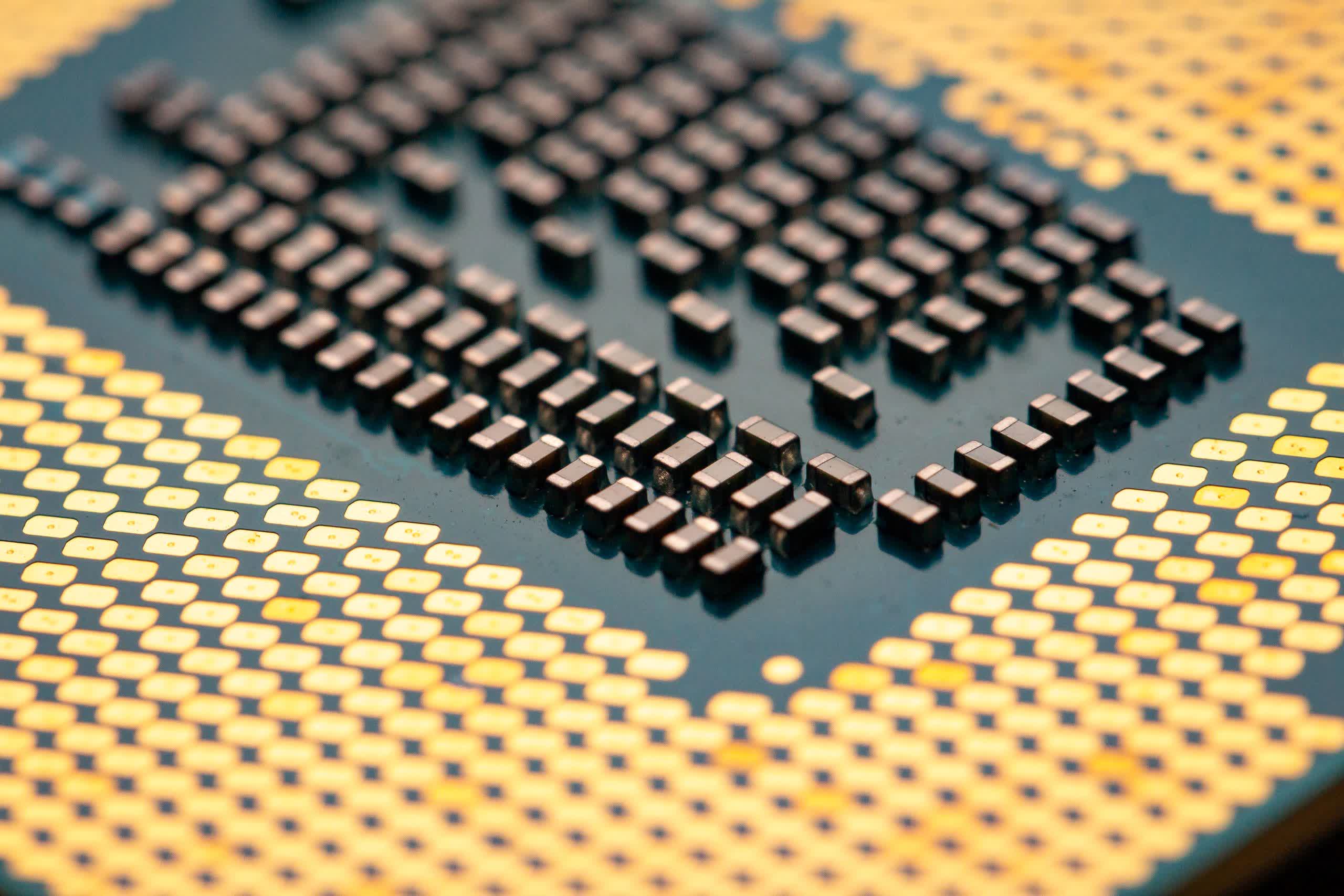In brief: There are countless examples of technologies that the patent holder may never move beyond the design table. There are perhaps even more filed just to prevent competitors from patenting something a company might work on in the future. However, as a recent Intel patent illustrates, there are also some patents filled with plagiarized content.
On Wednesday, a Twitter user going by Underfox revealed an interesting-looking patent recently awarded to Intel. Underfox suspects the patent may be related to Intel's Ocean Cove CPU architecture, which is expected to be the successor of the Golden Cove architecture used in the performance cores of 12th generation Alder Lake processor designs.
Image 1: AMD Zen microarchitecture - HC28 - Aug. 2016.
--- Underfox (@Underfox3) April 6, 2022
Image 2: Intel Ocean Cove patent, granted in 2022, Fig. 3. pic.twitter.com/1YPb8wtzhD
More importantly, a superficial inspection reveals it contains blocks of text and diagrams that look strikingly similar to those used to describe AMD's Zen processor architecture during a presentation at the Hot Chips 28 event in 2016. So it looks as if Intel applied for a patent for AMD's tech in August 2018 when it submitted the application.
However, upon closer inspection, the 122-page document describes several architectural features of x86 and Arm CPUs, GPUs, RISC-V, and more. Hardware analyst and former AnandTech senior editor Dr. Ian Cutress notes that it is mostly support materials for a generic CPU architecture that Intel wanted to describe in the patent --- a method to clear a cache line that isn't susceptible to side-channel attacks of the Spectre variety.
Yeah, this is definitely:
--- 𝐷'. 𝐼'' 𝐶''''''' (@IanCutress) April 6, 2022
(a) An intern's summer project to 'describe how a CPU works'
(b) Said intern took generic CPU arch slides from internet, and ended up with AMD
(c) Actual patent covers some minor thing to do with security and monitoring
(d) 122 pages. https://t.co/3RCh2t4GDK
Interestingly, the document cites an article written by Dr. Cutress back in 2016 and uses black-and-white versions of the AMD slides discussed in his analysis of the first-generation Zen architecture. Intel and AMD have a cross-licensing agreement signed in 2009 that prevents the two companies from suing each other for patent infringement, but this doesn't apply to the document in question.
It appears to be a case of a poorly-designed patent document with plagiarized content. Intel doesn't claim to have invented AMD's Zen microarchitecture, but rather the actual patented tech is buried in copy-pasted content. The amateurish job has invited speculation that Intel produced this patent with malicious intent, but we have yet to see evidence to support this. If anything, it looks like Intel has been working on ways to improve the security of its processors, even though it (officially) believes its designs are secure enough as they are.
